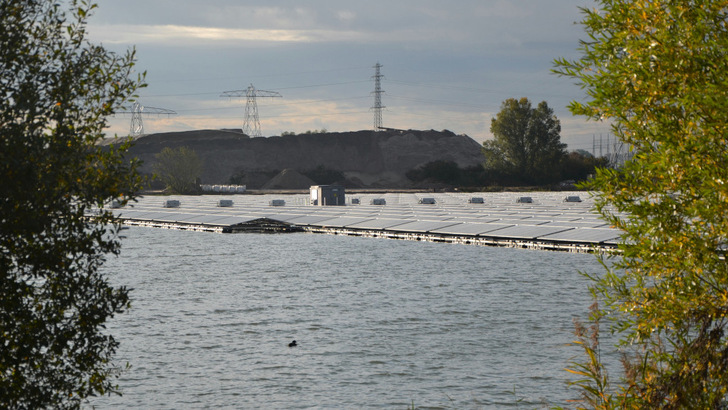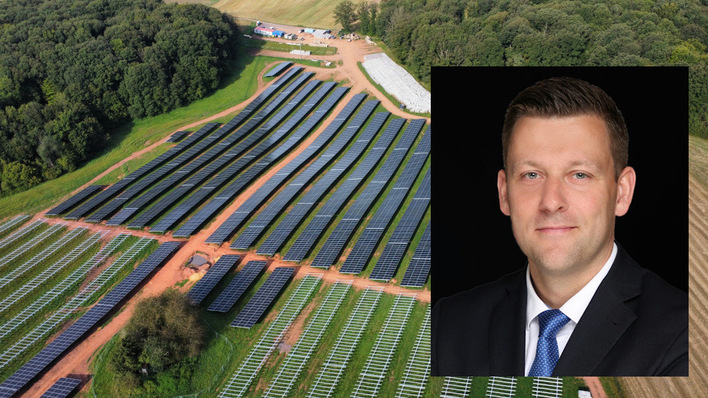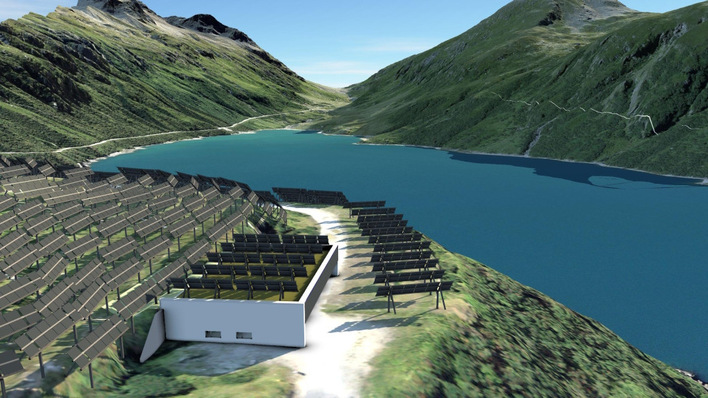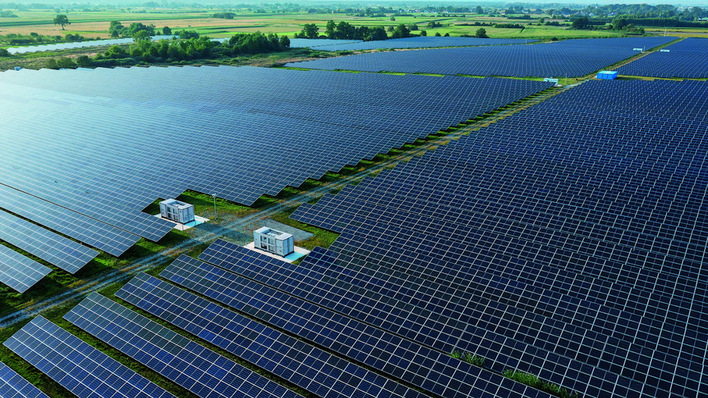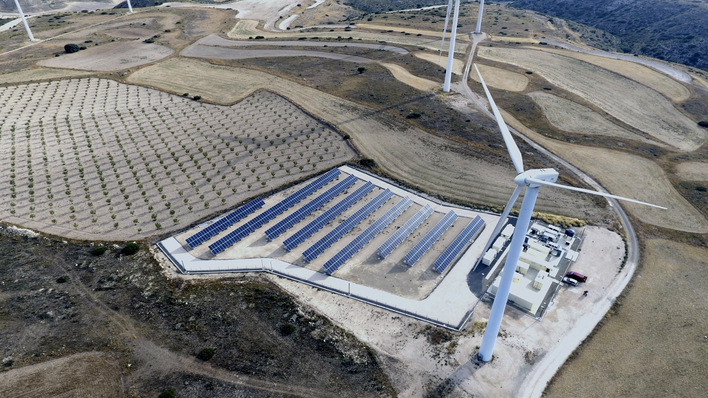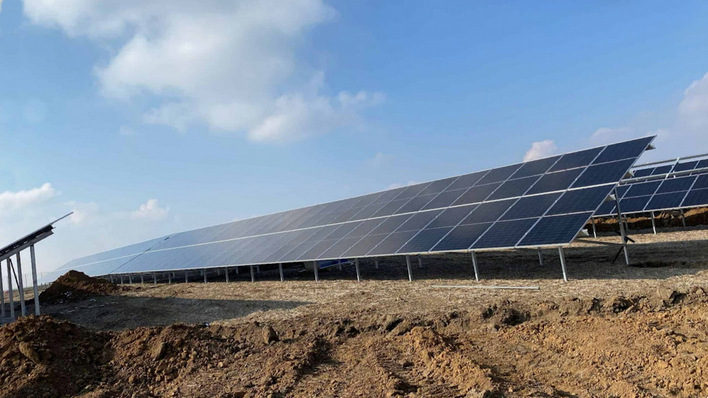Floating solar plants (floating PV) offer enormous potential for clean energy generation. Yet despite this promise, only a small fraction of artificial lakes around the world are currently used for solar power. So far, around 5.6 gigawatts of floating PV capacity have been installed globally – the majority in Asia – while Europe accounts for just 500 megawatts.
Three lakes analysed
One of the reasons for the slow uptake floating PV is the uncertainty about the impact of solar installations on aquatic ecology. However, Konstantin Ilgen from Fraunhofer ISE offers some reassurance. He has examined three lakes in Switzerland, the Netherlands and Germany on which solar plants have been installed. Until recently, this aspect of floating PV has barely been researched, which has implications for relevant legislation. In Germany, for instance, solar systems are only allowed to cover 15 percent of the water surface and they must keep a distance of 40 meters from the shore.
Low impact
This limitation significantly curtails the potential of floating PV – and yet the rules aren’t based on solid scientific evidence. A team at Fraunhofer ISE, led by Konstantin Ilgen, has now helped close that gap. In a study presented at this year’s PV Symposium in Bad Staffelstein, Ilgen found that floating solar installations have minimal impact on the ecology of water bodies.
Current Study: Floating-PV could support energy goals in the U.S.
Specifically, he looked at the water quality and the growth of aquatic plants in the three lakes, with a particular focus on macrophytes. These are the aquatic plants that grow close to the shore. The more distant they are from the shore, the less vegetation there is.
Plants mapped
In addition, the effects of the solar system on the water temperature and a chemical analysis were also carried out. The influence of solar plants on water bodies depends, among other things, on the structure of the water bodies. For example, the solar plant in Switzerland was built on a reservoir that is emptied and then refilled more frequently anyway. „Its ecological quality is not very good anyway,“ explains Konstantin Ilgen. “We found a greater diversity of plants and animals in the lake in Germany.”
Floating solar plant installed on artificial lake
Mapping the macrophytes in the lakes has shown a total of 15 different species. Many of these were invasive species that do not actually grow in the lakes. Very valuable species were rarely present.
Water quality remains stable
Water quality is also hardly affected by the solar installations.The change in water temperature in the lakes in the Netherlands and Germany is within the measurement inaccuracies, so it is not significant. In the lake in Switzerland, however, the scientists detected major cooling. However, this is not due to the solar system, but to the melting of snow from the mountains.
Water becomes clearer
In the body of water in Germany, the researchers have even noticed a decrease in turbidity. “This is due to the fact that many mussels settle on the substructure of the solar system, which filter the water,” explains Konstantin Ilgen.
This was relevant as the body of water under investigation is a gravel lake with a sediment-rich inflow. As a result, a lot of suspended matter gets into the lake, which means that fewer plants can grow. “We simulated the natural state of the lake, which is what would happen if no dredging were to take place. In this case, the macrophyte colonisation would expand,” says Ilgen.
Water depth is crucial
Project planners can use all the results of the study to position the plant in such a way that it has little impact on water quality or even improves it. However, the results also show that the legal requirements have no scientific basis. “Because we only found the macrophytes in the shore area,” says Ilgen. However, this area is still a long way from the 40 meters prescribed by law. “The water depth would be a more useful criterion in this case, as this is the decisive factor in the colonisation of macrophytes. The 40-metre distance from the shore makes no sense,” he emphasises. (su)


